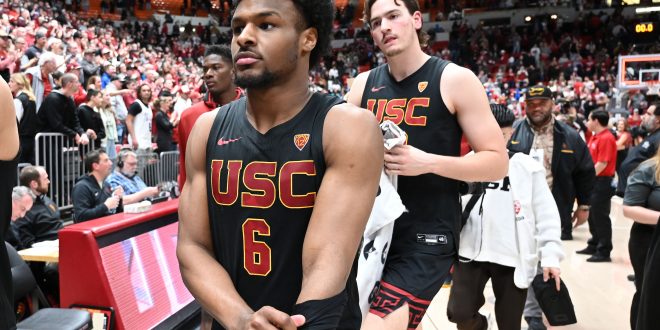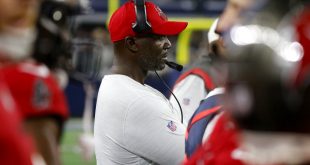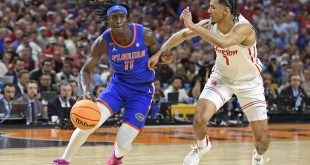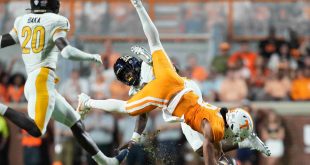The NCAA approved transfer eligibility amid board meetings and is putting on details and requirements for schools and athletes.
It is quite the development trending around NCAA athletes, now having the ability to play immediately regardless of the amount of times they transfer.
New era of college sports arrives, as NCAA approves unlimited transfers that could lead to public NFL-like roster cuts.
What could be next? Coaches discussing why they’re cutting players? Higher NIL buyouts?
Times are changing.
Read: https://t.co/LEKUkIuD2N pic.twitter.com/3lbzqdpOYY
— OutKick (@Outkick) April 18, 2024
Change were approved last week via the Division I Council, and that was the biggest determination to move forward.
What’s New?
The NCAA came to a consensus on NCAA athletes on their status when transferring within their sport. Student athletes are required to have a good academic standing in order to transfer and be eligible to play effectively immediately. The NCAA is designed to prioritize academic standing and athletes having not encountered any disciplinary action.
Previously, the first meeting consisted of wavier first-time transfers, but second transfers was a bit more intuitive. This was primarily focused on second-time transfers and having to sit out at year in accordance with prior NCAA standards. That has now shifted in favor of athletes being able to play off the bat regardless of their transfer status.
With the new approval being in place, the same rules for graduate students remain the same: granted instant playtime at a new program.
This is just one of many changes on the way.
Recently, the NCAA put in full effect coach-to-player helmet communication in an attempt to replicate the NFL. Changes around the league are swirling with a mindset of making changes for the better.
NCAA approves coach-to-player helmet communication for 2024 football season https://t.co/DggUstEKv0
— Chicago Tribune Sports (@ChicagoSports) April 20, 2024
NCAA Drama
Amidst these new changes around the league, the NCAA is facing its own predicament in terms of legal matters at hand.
Currently, the league is facing an overwhelming number of lawsuits pertaining to television contracts and limiting NIL payouts. While these two ordeals are pivotal and creating immense circulation for the league, the transfer approval should grab attention.
On top of the NCAA dealing with legal issues, there was a matter that resurrected last year for athletes. This involved how the players wanted to transfer more than once in undergrad position. Fast forward a year later, the board is shifting blueprints and creating new opportunities.
Requirements
The iron is hot surrounding the NCAA, but this new rules comes with a price. With academic achievement being crucial, the board is set to approach the committee on the institution metric. This revolves around the university being fully accountable for students to graduate and pursue a degree. This only pertains to students who make the switch from university to university.
The approval is officially in place, and the league will remain putting the finishing touches on the agreement before a spark of players decide what’s best for the foreseeable future.
There is a new era on the horizon, as transfers are taking center stage.
 ESPN 98.1 FM / 850 AM WRUF ESPN 98.1 FM / 850 AM WRUF
ESPN 98.1 FM / 850 AM WRUF ESPN 98.1 FM / 850 AM WRUF




